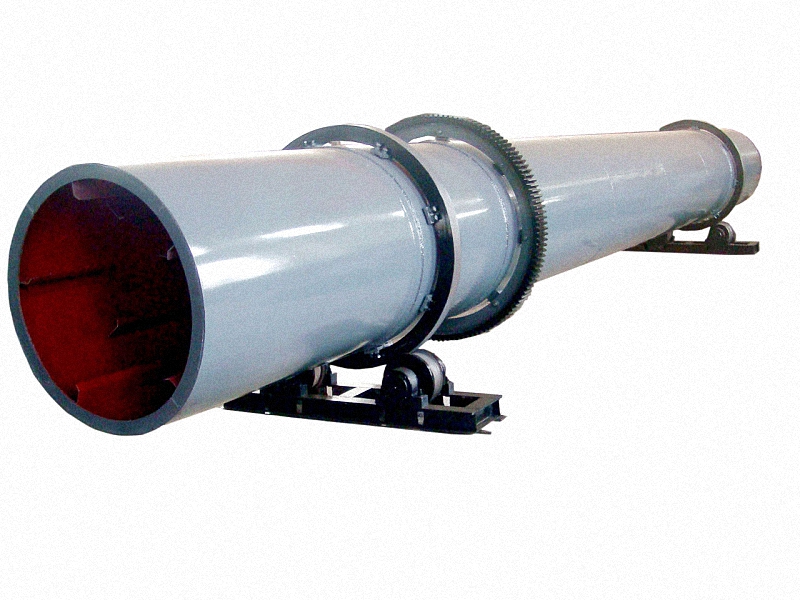- +8618937185591
- +8618937185591
- ec19@zkcorp.com
- +8618937185591

In the process of urban sewage andindustrial wastewater treatment of sediment substances, including sewagecontained in solid matter, suspended matter, colloidal substances and thesediment separated from the water, collectively referred to as sludge.

In the process of urban sewage andindustrial wastewater treatment of sediment substances, including sewagecontained in solid matter, suspended matter, colloidal substances and thesediment separated from the water, collectively referred to as sludge.
The amount of water contained in the sludgeis called the water content, usually expressed as the percentage of the ratioof the mass of the water contained in the sludge to the total mass of thesludge. Sewage treatment process of sludge moisture content is generally high,the initial settling tank of sludge water 96% ~ 98%, the chemical precipitationof sludge water content of 98%, secondary sedimentation tank sludge is oftenmore than 99%.
Sludge water content is high, bulky,difficult to direct treatment and disposal, generally have to concentrate,digestion, dehydration treatment, dehydration sludge moisture content isusually 65% to 80%, and the volume can be greatly reduced. And then furtherdrying to 15% to 20% moisture.
In different water content of sludge showdifferent state, in general, the water content of 70% to 75%, the sludge wassoft state, not easy to flow; usually dehydration can only be reduced to 70% to65%, almost become solid; water content as low as 35% to 40%, into a dispersedstate (the above is semi-dry state); further as low as 10% to 15% into apowder.
The sludge drying method can be dividedinto direct drying and indirect drying. Direct drying is the introduction ofhigh temperature flue gas directly into the dryer, through the gas and wetmaterial contact, convection heat exchange. Direct drying will increase theamount of contaminating gases.
Indirect drying is the heat of hightemperature flue gas through the heat exchanger, to the steam, steam in aclosed loop in circulation, and no contact with the sludge. Indirect dryingthere is a certain heat loss, but need to deal with the amount of flue gas issmall, does not produce secondary pollution.